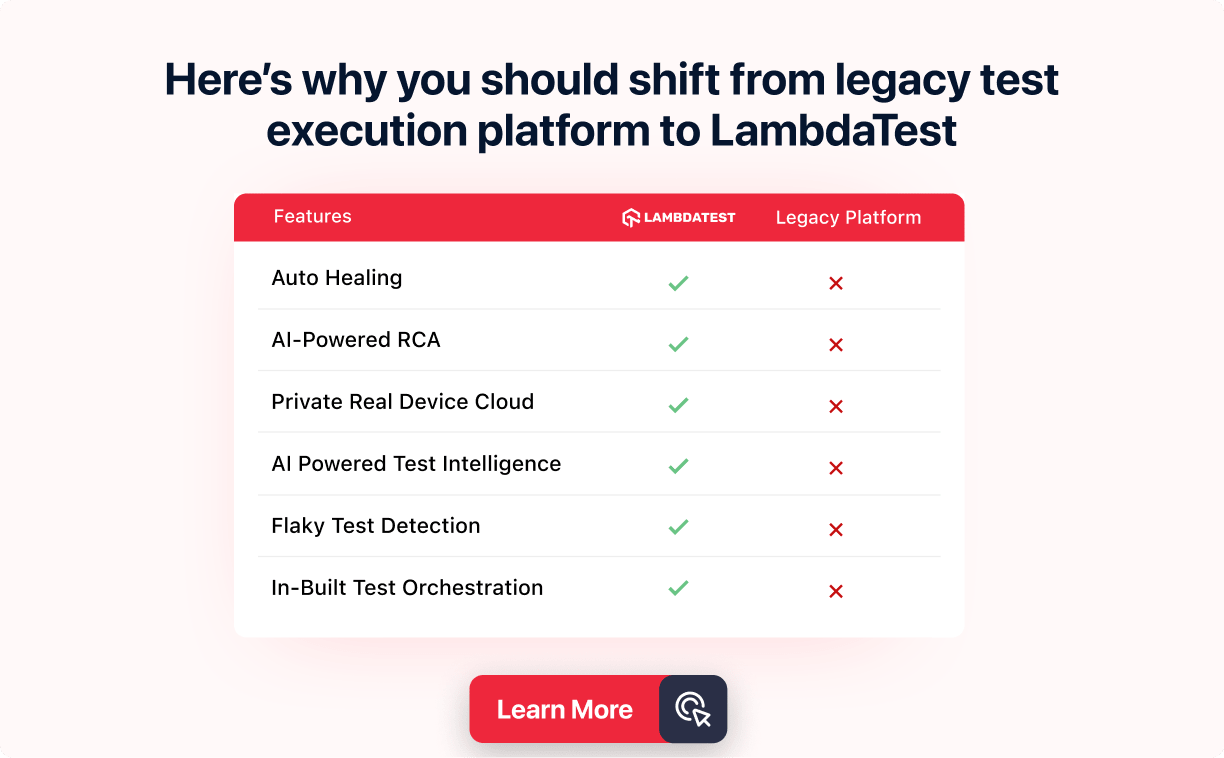Utilizing Multiple Testing Environments in a DevOps Setting
Nishtha Gupta
Posted On: April 16, 2024
![]() 60055 Views
60055 Views
![]() 6 Min Read
6 Min Read
When we think about DevOps and Agile methodologies, one thing that comes to mind is the speed and efficiency they aim to deliver. Multiple test environments in this DevOps setting can also ensure reliable and faster testing leading to high-quality products. These environments may vary depending on merged branches or tagged releases.
However, it’s important to note that each organization may have its unique approach to setting up environments. While some may have additional environments or use different naming conventions, the key is understanding the purpose of each environment. In this blog we’ll talk about the challenges and strategies used by DevOps teams to manage these environments effectively, ensuring consistent and reliable testing throughout the development process.
What are the Different Types of Environments in DevOps?
Each environment plays a crucial role in the software development cycle, significantly impacting comprehensive testing before market release. Here are the different types of environments in DevOps:
- Development Environment: This controlled area allows developers to experiment without affecting other system parts. They write, edit, and test code, typically starting on their local machines before sharing changes in a common development environment. Here, they access necessary tools for coding, debugging, and testing.
- Testing/QA Environment: Rigorous software testing occurs here to simulate real-world scenarios closely. Testers validate that the software meets specified requirements and functions correctly through various tests like unit, integration, and regression testing. Bugs or issues are identified and addressed before deployment.
- Staging Environment: Mirroring the production environment, it serves as a final testing platform pre-deployment. Teams accept changes in an environment resembling production without impacting customers. Testing ensures software functions as intended under real-world conditions and includes user acceptance testing (UAT) before updates are released.
- Production Environment: The live environment where end-users deploy and access software. It must be highly stable and secure for uninterrupted service. Deployments follow thorough planning to minimize downtime risks. Monitoring and alerting systems detect and respond to issues in real time. According to the Future of Quality Assurance Report 2023, 58.8% of organizations state they identify up to 10% of their bugs in a production environment.
Why do we need a Multi-Environment Setting?
Utilizing multiple testing environments in DevOps offers a structured approach to software development, testing, and deployment. This leads to more reliable and eventually, high-quality software products. Here’s why having more than one test environment is crucial:
- Parallel Development on Different Features: When development and QA teams work in parallel on a project with frequent releases, having more than one QA environment is practical. This setup prevents delays in feature testing and allows development teams to proceed with new features while QA is ongoing.
- Balancing Feature Development with Short-Term Bug Fixes: Projects with extended development timelines, like new product launches, demand a dedicated QA environment. These endeavors, lasting months, need tailored testing environments to address bugs without disrupting production systems.
- Dependence on Backend Services: In cases where code relies on backend services undergoing modifications by separate development teams, multiple environments become necessary. Service-oriented architectures and microservices lead to an increased demand for various environments tailored to connect with specific testing services.
How Many Testing Environments do you need per Project?
This could be the most common concern when discussing multi-environment testing in a DevOps setting. While there isn’t a one-size-fits-all rule, several aspects should be taken into account:
- Projects Interacting with Multiple Services: Projects that interact with several actively developed services typically require multiple QA systems. This allows teams to connect to different releases and versions of these services. Additionally, projects with complex architectures, where services rely on one another, may necessitate an even larger number of environments.
- Projects Supporting Critical, Customer-Facing Applications: Projects that support customer-facing applications requiring swift responses to bugs often benefit from multiple environments. Unlike back-office operations that can afford a delay in bug fixes, these projects demand agility. Having more environments enables faster bug resolution and enhances responsiveness to customer needs.
- Balancing Cost and Agility: There’s a trade-off between the number of environments and agility versus cost.. While some projects may require numerous environments to support multi-stream development and continuous deployment, test environment managers must weigh the associated costs against the benefits of increased agility.
According to the LambdaTest Survey, 11% of large organizations have dedicated 10+ DevOps/Infrastructure team members to set up and maintain testing infrastructure due to complex and multi-environment set-up for their testing needs. The consideration of cost versus resources plays a pivotal role in this strategic decision-making.
How to Manage Multiple Testing Environments?
Managing testing environments can seem to be a challenge at first, but with proper strategies it becomes manageable. Here’s a breakdown of effective strategies:
| Aspect | Strategy |
|---|---|
| Planning and Organization | – Define the purpose and resources needed for each environment. – Strive for consistency and standardization across environments. – Implement clear and descriptive naming conventions. |
| Version Control and Access | – Utilize a Version Control System (VCS) like Git for tracking changes. |
| Management | – Establish access controls to regulate modifications and permissions. |
| Automation and Monitoring | – Employ automation tools for provisioning, configuration, and testing. – Set up monitoring tools to track the test environment’s health and receive alerts. |
| Resource Utilization | – Optimize resource usage through regular review and cleanup. |
| Team Management | – Foster communication and collaboration among team members. |
| Tools | – Explore dedicated environment management tools for enhanced efficiency. |
Conclusion
According to the Future of Quality Assurance Report, QA teams spend 10.4% of their time on setting up and maintaining test environments, However, cloud-based testing tools like LambdaTest streamline this task with a platform featuring a wide array of real browsers and devices. Organizations can conduct tests simultaneously across various environments, collaborate during live testing sessions, and generate comprehensive reports—all within LambdaTest.
This results in quicker testing cycles, cost savings (no physical devices or servers required), and enhanced software quality. LambdaTest enables you to navigate multi-environment testing seamlessly.
Got Questions? Drop them on LambdaTest Community. Visit now















